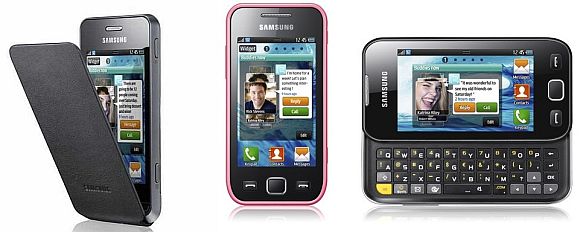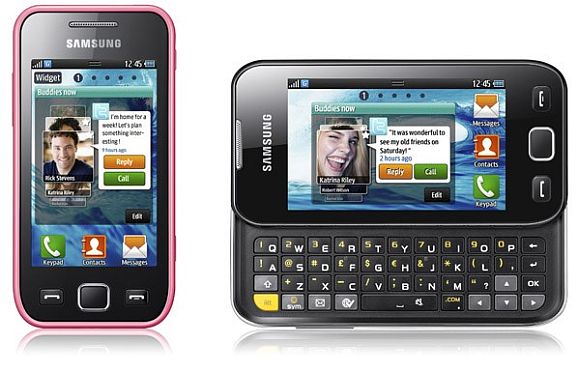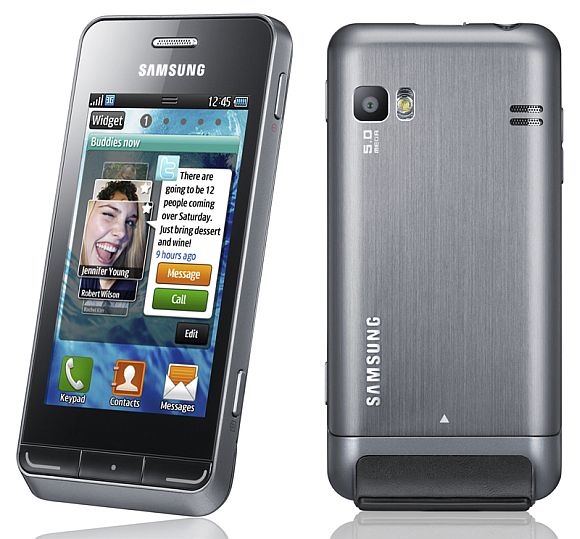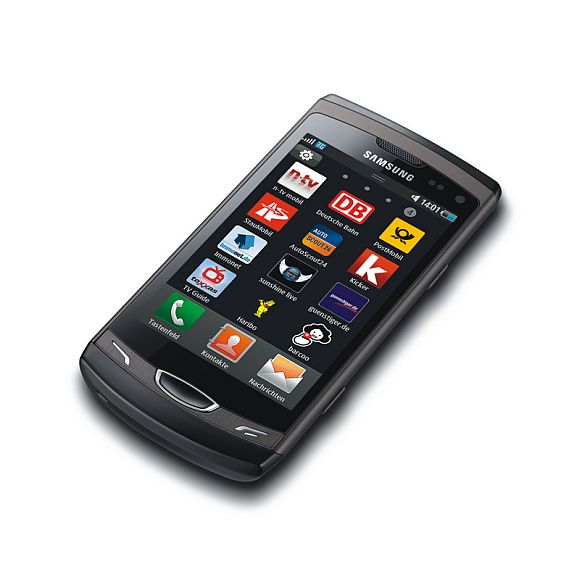
When Samsung embarked on the bada project, we questioned what is the big idea behind introducing yet another mobile OS into an already crowded mobile market. Is the investment in terms of resources and money worth it to bring returns to Samsung. As it is their mobile division have already got their hands full with Android and Windows Phone 7 devices.
Well it turns out, the logic behind bada is value. We remember reviewing the original Wave and was amazed at the bevy high-end stuff like a stunning 3.3in Super AMOLED and a very capable 5 megapixel camera, and at a very enticing RM1,799 outright. Feature-for-feature, the original Wave was, and probably still is, the most bang-for-the-buck smartphone in the market.
The bada platform was developed to bring smartphones to the masses and deliver affordable performance to more people in more markets. Let’s face it, whether you like or not, the day will come when every mobile phone produced in the world will be a smartphone, so looking at that, Samsung has their sights fixed on the right target.
It’s good that Samsung has a head start in this affordable smartphone segment but we’re not sure how the bada platform is much of differentiation from Android’s open source approach because we can see that Android has brought the price point of smartphones down a tad as well. Whatever it is, affordable smartphones are something everyone can smile about.
This month Samsung brings into the market a series of affordable Wave phones and we get the lowdown on what’s coming up.
Wave 533 and Wave 575

On first look there is very little to differentiate the Wave 533 and the Wave 575 both features a 3.2 inch (240×400) WQVGA touchscreen displays with 3.2 megapixel cameras with 320×240 video recording capability.
Similarly, both phones sport 100MB internal memory with microSD slots that can take up to 16GB of extra storage space. Critically, the difference between the two is that the Wave 533 brings a slide-out QWERTY keyboard into the mix but, disappointingly, trades this off with 3G connectivity. So with the Wave 533, you’ll get EDGE connectivity. On the Wave 575, you lose the slide-out QWERTY but get 3G (HSDPA up to 3.6Mbps download).
Other specs on both phones include Bluetooth 3.0, WiFi (b/g/n), aGPS and MicroUSB connectivity)
Asking price for the two? RM699 for the Wave 533 and RM729 for the Wave 575.
Wave 723

The Wave 723 is another realisation for Samsung’s drive to bring performance and value in one package with the bada platform.
With a 3.2in 400×200 TFT LCD touchscreen 7.2Mbps HSDPA and a 5 megapixel camera (sorry folks no 720p video recording here), the Wave 723 brings a touch of premium feel into the affordable smartphone segment complete with a metal backplate and a leather screen cover that comes included in the box. In addition, you get WiFi b/g/n, Bluetooth 3.0 and aGPS. There’s 103MB of on-board memory and support for microSD cards up to 16GB.
Samsung is asking for RM939 for the Wave 723.
Wave II

Also, we’ve gotten some updates on the Wave II, the successor to the original Wave. Samsung told us that the new Wave will be making it Malaysian debut in January with roughly the same asking price at the original Wave (about RM1,799).
The update Wave II features a larger 3.7in Super LCD screen with 800×480 pixel resolution, readers will recall that we note that the narrower 3.3in Super AMOLED screen on the original Wave made the device too narrow for our manly hands, so hopefully the larger 3.7 will make it nicer to hold.
Samsung has also update its bada OS and although details on what kind of improvements have been included in the new version of bada is scarce, we’re happy to note that it now has a new T9 input called Trace (think of it as bada’s equivalent to Android’s Swype).
Other than that, the internals of the Wave II is identical to the original Wave with a very capable 1GHz processor with 512MB of RAM, 5MP camera with LED flash capable of taking 720p video and 2GB of on-board memory.






